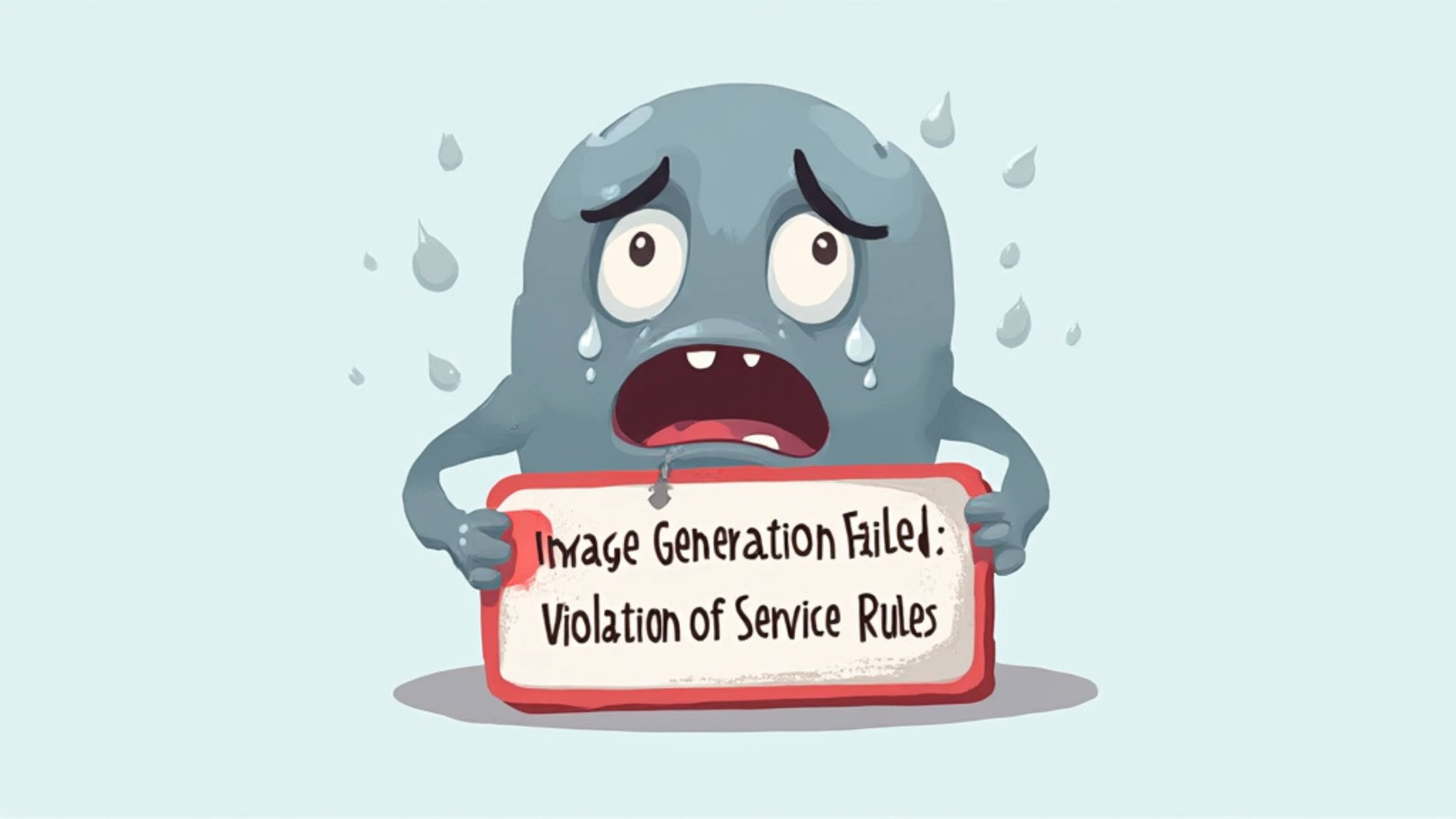Navigating the Stock Market Rollercoaster: Tips for Investors
What Causes Market Fluctuations?
Market fluctuations are primarily driven by supply and demand dynamics. When investors perceive potential gains, demand surges, leading to price increases. Conversely, negative news can trigger panic selling, causing prices to plummet. This volatility can be unsettling. Economic indicators, such as unemployment rates and inflation, also play a crucial role. They influence investor sentiment and market confidence. Understanding these factors is essential. Market psychology often dictates trading behavior. Emotions can cloud judgment.
The Impact of Economic Indicators
Economic indicators significantly influence market trends. For instance, rising unemployment rates often signal economic distress. This can lead to decreased consumer spending. Investors may react negatively to such data. It’s crucial to analyze these indicators carefully. They provide insights into future market movements. A sudden increase in inflation can erode purchasing power. This often results in market volatility. Understanding these relationships is vital. Knowledge is power in investing.
Investment Strategies for Uncertain Times
Diversification: Spreading Your Risk
Diversification is a key strategy for managing investment risk. By allocating assets across various sectors, he can mitigate potential losses. For example, he might consider the followijg distribution:
This approach reduces exposure to any single asset class. It’s a prudent method to enhance stability. A well-diversified portfolio can weather market fluctuations. Risk management is essential for long-term success.
Long-Term vs. Short-Term Investing
Long-term investing typically focuses on capital appreciation over several years. This strategy allows for the compounding of returns. Investors often benefit from market growth during this period. It’s a reliable approach for wealth accumulation. In contrast, short-term investing aims for quick gains. This method requires active management and market timing. It can be more volatile and risky. Understanding both strategies is crucial. Each has its own merits and challenges. Knowledge is essential for informed decision-making.
Technical Analysis: Reading the Market
Key Indicators to Watch
Key indicators are essential for effective technical analysis. He should monitor moving averages, which indicate trends. These averages help identify potential entry and exit points. Additionally, the Relative Strength Index (RSI) measures momentum. It can signal overbought or oversold conditions. Understanding these indicators is vital for informed trading. They provide insights into market behavior. Knowledge empowers better investment decisions.
Chart Patterns and Their Significance
Chart patterns are crucial for technical analysis. They help identify potential market movements. For instance, a head and shoulders pattern often signals a trend reversal. Recognizing these patterns can enhance trading strategies. Patterns like flags and triangles indicate continuation. Understanding their significance is essential. Knowledge leads to better trading decisions. Patterns evidence a story.
Fundamental Analysis: The Bigger Picture
Evaluating Company Performance
Evaluating company performance involves analyzing financial statements. Key metrics include revenue growth and profit margins. These indicators reveal operational efficiency. Additionally, examining cash flow is essential. It shows the company’s liquidity position. Understanding these factors aids investment decisions. Financial health is paramount. Strong performance often leads to stock appreciation.
Understanding Market Sentiment
Understanding market sentiment is crucial for investors. It reflects the overall attitude towards a security or market. He should consider indicators like consumer confidence and market surveys. These metrics provide insights into investor behavior. Additionally, news events can significantly influence sentiment. Emotional reactions often drive market movements. Awareness of sentiment can enhance decision-making.
Risk Management Techniques
Setting Stop-Loss Orders
Setting stop-loss orders is essential for risk management. These orders automatically sell a security at a predetermined price. This strategy helps limit potential losses during market downturns. He should determine an appropriate stop-loss level based on volatility. A well-placed stop-loss can protect capital effectively. It’s a proactive approach to investing. Knowledge of this technique is vital. It can prevent emotional decision-making.
Position Sizing and Capital Allocation
Position sizing and capital allocation are critical for managing risk. He must determine the appropriate amount to invest in each trade. This approach helps mitigate potential losses. A common rule is fo risk only a small percentage of tot up capital . This strategy preserves overall portfolio health. Understanding risk-reward ratios is essential. Knowledge leads to informed investment decisions.
The Role of Emotions in Investing
Recognizing Emotional Triggers
Recognizing emotional triggers is vital for successful investing. He must identify situations that provoke strong reactions. Fear and greed often lead to impulsive decisions. These emotions can cloud judgment and result in losses. By maintaining awareness, he can make rational choices. Developing a disciplined approach is essential. Knowledge helps mitigate emotional responses. Awareness is the first step to control.
Strategies to Maintain Discipline
Strategies to maintain discipline are essential for investors. He should establish a clear trading plan. This plan outlines emtry and exit points. Adhering to this plan minimizes emotional decision-making. Regularly reviewing performance is also beneficial. It helps identify patterns and areas for improvement. Consistency is key in investing. Discipline leads to better outcomes.
Leveraging Technology in Investing
Using Trading Platforms and Tools
Using trading platforms and tools enhances investment strategies. He can access real-time market data and analytics. This information is crucial for informed decision-making. Many platforms offer advanced charting features. These tools help identify trends and patterns. Additionally, automated trading options can execute trades efficiently. Technology streamlines the trading process. Knowledge of these tools is essential. They can improve overall trading performance.
Staying Informed with Market News
Staying informed with market news is crucial for investors. He should utilize various sources for timely updates. Recommended sources include:
These resources provide insights into market trends. Additionally, subscribing to newsletters can enhance knowledge. Awareness of global events impacts investment decisions. Staying updated is essential for success.
